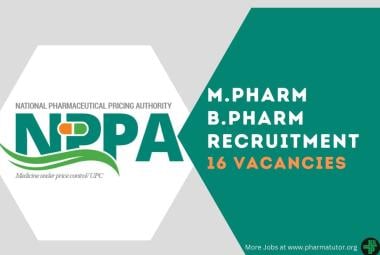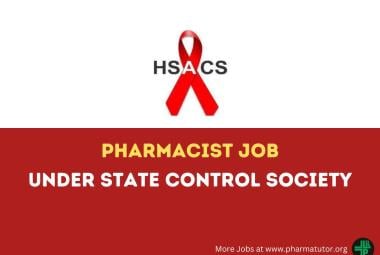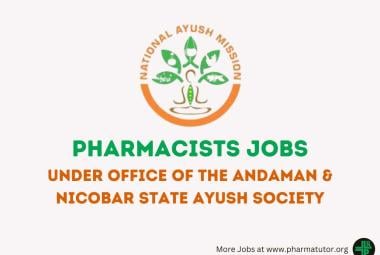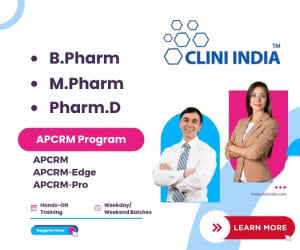NOVEL DRUG DELIVERY- AN INTELLIGENT DRUG DELIVERY FOR FUTURE
 About Authors:
About Authors:
Swathi sree Karumuri*, Venkata Naveen Kasagana
Department of Pharmaceutics,
Sankaralingam Bhuvaneswari College of Pharmacy, Anaikuttam,
Sivakasi - 626 130, Tamilnadu, India
*swathi.karumuri2011@gmail.com
Abstract:
New drugs pursuing novel delivery technologies with the objective of improving drug safety, efficacy and site Targeting in a cost effective way has been a challenging area of work for researchers. Their eminent work in the field of Novel technology has introduced many drug delivery methods to fulfil the requirements of pharmaceutical manufacturers and customers. Multiunit particulate systems (MUPS) are novel MDDS techniques that have gained importance, not only because of their ability to control drug release, but also for the modified drug-release profiles they facilitate. Similarly Acoustic targeted drug delivery (ATDD) is a method that uses ultrasound energy to enhance the transport of molecules into and/or across specific tissues. P.L.E.A.S.E. (Painless Laser Epidermal System) is a transdermal delivery device that uses a special laser source to create micro pores in the skin through which high molecular weight drugs are delivered painlessly in a highly controlled and accurate fashion. Oral delivery of insulin with increased lipophilicity across the gastrointestinal epithelium by the application of Eligen technology. Development of nanorobots with biosensors for medical target identification and drug delivery plays a prominent role in the diagnosis and treatment of Diseases. Gene delivery technology that turn off or on gene responsible for causing diseases like cancer and diabetes. The present article describes how Novel Drug delivery fulfils the Patient Needs on a Global Level and forms a key technology in the field of pharmaceuticals.



 About Authors:
About Authors:  About Authors:
About Authors:  About Authors:
About Authors: About Authors:
About Authors:  About Authors:
About Authors:  About Authors:
About Authors: 







.png)

